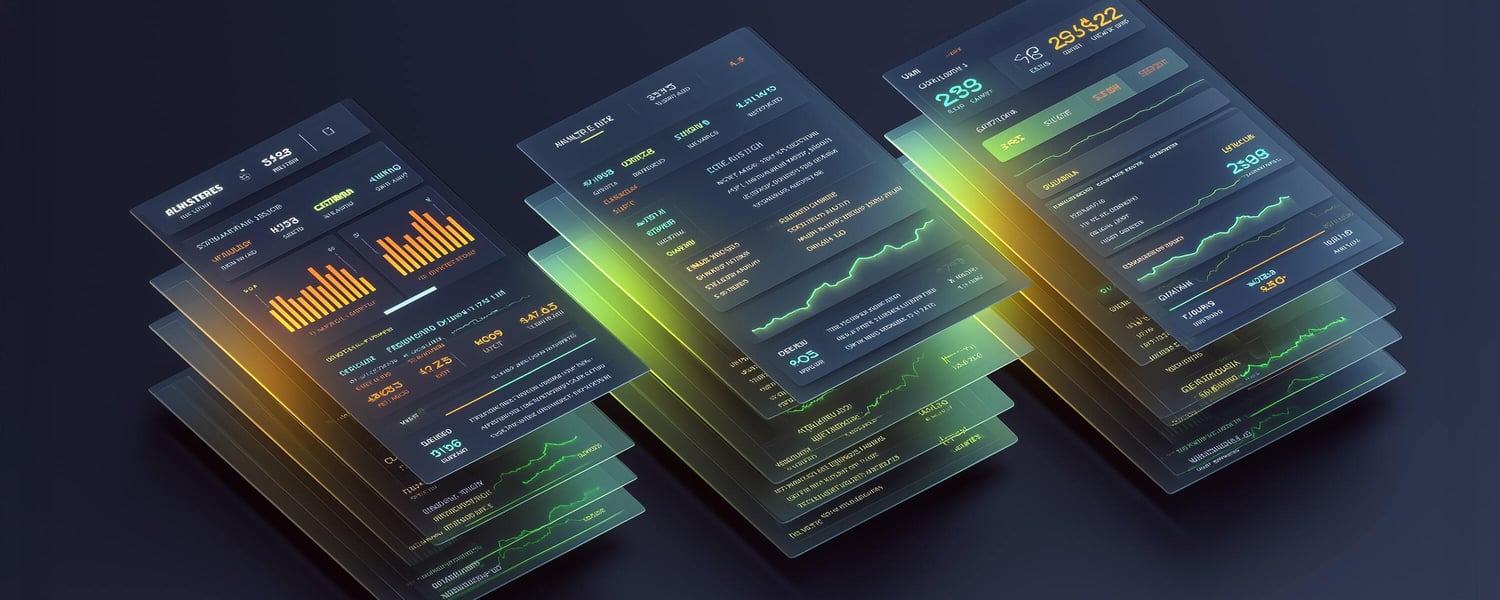Most businesses know when quarter four is closing, it’s time to make tech stack decisions for 2026. Those decisions will either streamline operations for years to come or create costly headaches that compound over time.
The reality is that not all HR technology delivers on its promises, especially in construction and field-based industries where workforce challenges are unique and compliance requirements are complex. Arcoro research has found that 65% of construction report finding and hiring candidates is their number one challenge while 21% say it’s tracking employee certifications and compliance.
The difference between tools that integrate seamlessly and those that create more work can determine whether your technology investment becomes a strategic advantage or an administrative burden.
The Long-Term Value Question
Investing in user-friendly, integrated HR technology can boost employee satisfaction, retention and overall efficiency. According to Gallup, companies with highly engaged employees report being 21% more profitable, experiencing 41% reduction in absenteeism and 59% less turnover compared to organizations with lower engagement levels.
Short-term thinking, like focusing on immediate cost cuts, masks the real costs of disconnected systems: duplicate data entry across platforms, reconciliation errors between HR, payroll and job costing, and the ongoing expense of training new staff on multiple disparate systems.
Long-term value on the other hand points to time savings that compound year after year, compliance confidence that scales as your project portfolio grows and integration that eliminates friction rather than creating it. The right technology should reduce your administrative burden, not add to it.
High-Impact Investment Categories
Investing in HR tech that reduces manual processes while helping to maintain compliance will pay off in the long term. The highest-impact areas include:
- Time Tracking with Field Verification. For construction and field-based operations, GPS-verified time tracking delivers a significant long-term payoff by eliminating buddy punching, reducing payroll disputes and providing audit trails that protect your organization. Mobile accessibility ensures crews in the field can clock in and out accurately, while integration with payroll and project management systems provides the accurate job costing data you need to bid competitively and manage profitability.
- Payroll that Automates Calculations. As your project portfolio grows, manual calculations become increasingly risky and time-consuming. Payroll automation provides compliance confidence through calculation of taxes, prevailing wage rates by location and classification and Davis-Bacon reporting without spreadsheets. The long-term payoff is reduced audit risk and the ability to take on more complex projects without proportionally increasing your compliance staff.
- Compliance-Focused Applicant Tracking & Onboarding. Federal contractors face unique compliance requirements that generic hiring platforms can't address. Purpose-built solutions with OFCCP audit readiness, AAP and VEVRAA compliance built in, and mobile onboarding capabilities for field workers deliver long-term value through reduced I-9 errors, faster crew deployment and the confidence that comes from knowing your hiring practices can withstand regulatory scrutiny.
- Integrated HR Platforms. The most strategic long-term investment is often a truly integrated HR platform that connects employee data, payroll, benefits and time tracking into a single source of truth. This eliminates data silos, reduces administrative overhead as you grow, and maintains data consistency across all functions. The elimination of duplicate data entry alone can save hundreds of hours annually while reducing costly errors.
Red Flags to Avoid
Not every technology investment will deliver long-term value. Watch for these warning signs:
- platforms that require constant manual intervention to function
- vendors who can't demonstrate integration with your existing systems
- pricing models that become prohibitively expensive as you scale
Be especially wary of solutions built for generic industries that don't understand field-based workforce challenges, promises of features "coming soon" rather than proven functionality, and implementations that require maintaining parallel systems with no clear end date.
Green Lights for Long-Term Success
The investments that pay off long-term share common characteristics:
- a strong track record with companies in your industry
- proven integrations with major ERP systems like Sage, Foundation and Viewpoint
- responsive support teams that understand construction compliance
Look for vendors that provide regular updates addressing regulatory changes, offer clear data migration and implementation processes, and can provide references from companies that have been successfully using the platform for three or more years.
Making the Right Choice
Your 2026 tech stack should reduce complexity, not add to it. Long-term value comes from integration, industry-specific functionality and proven performance rather than flashy features or lowest initial cost. The right investments pay dividends for years through measurable time savings, compliance confidence and operational efficiency that scales with your growth.
Use this framework to evaluate your current tech stack and identify gaps before finalizing 2026 budgets. The decisions you make now will shape your operational efficiency for years to come.
Contact us to learn more.



